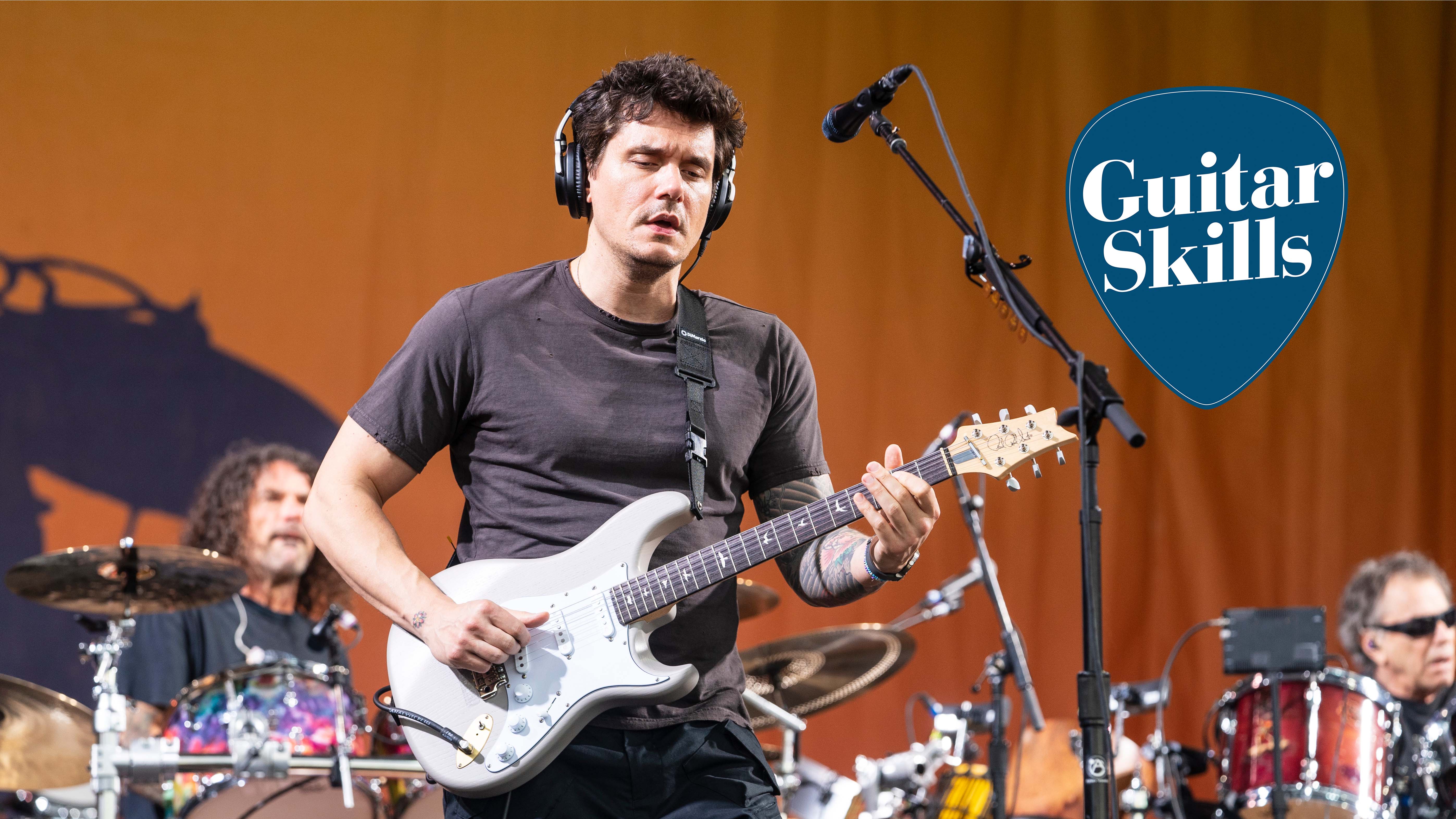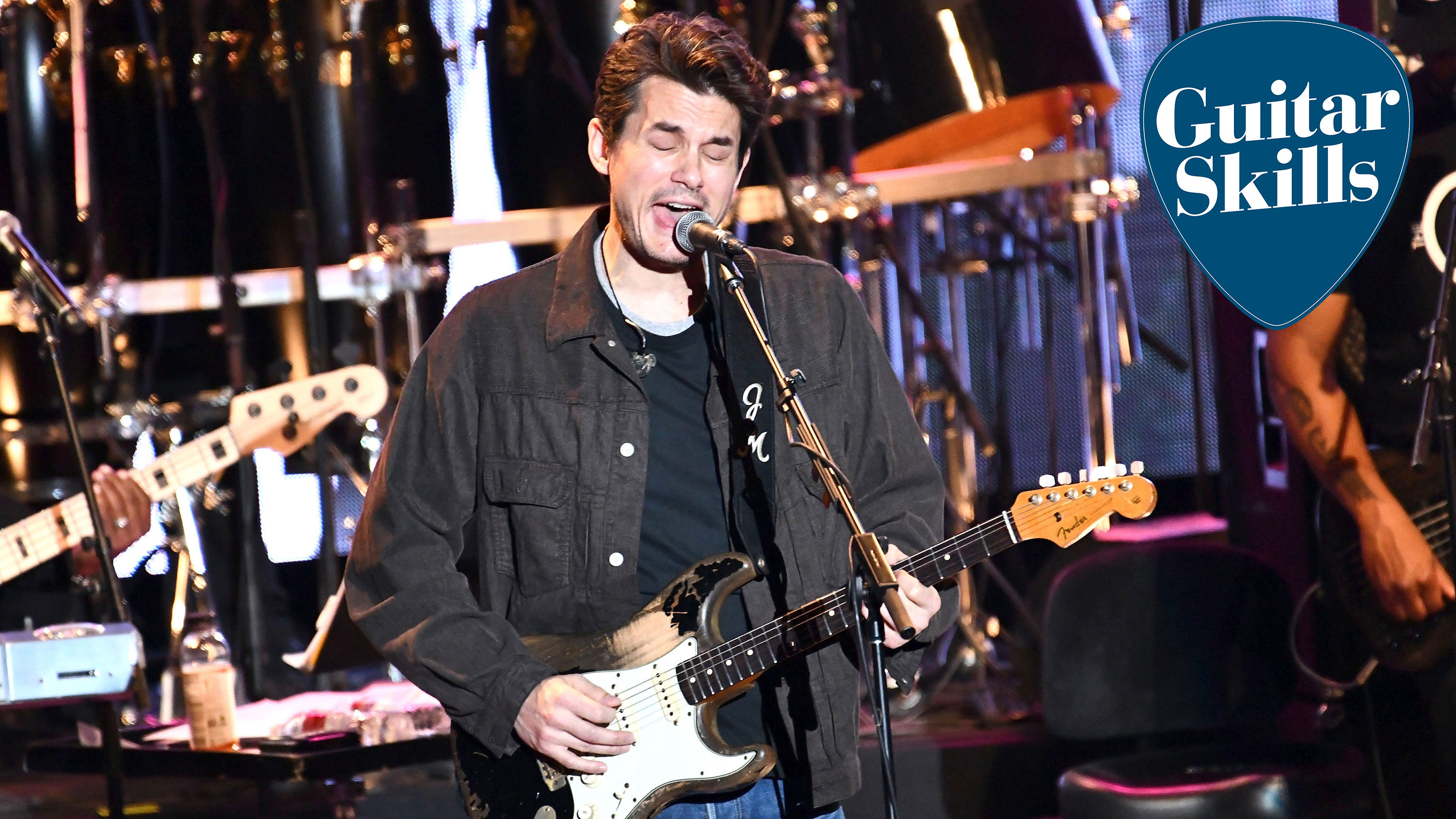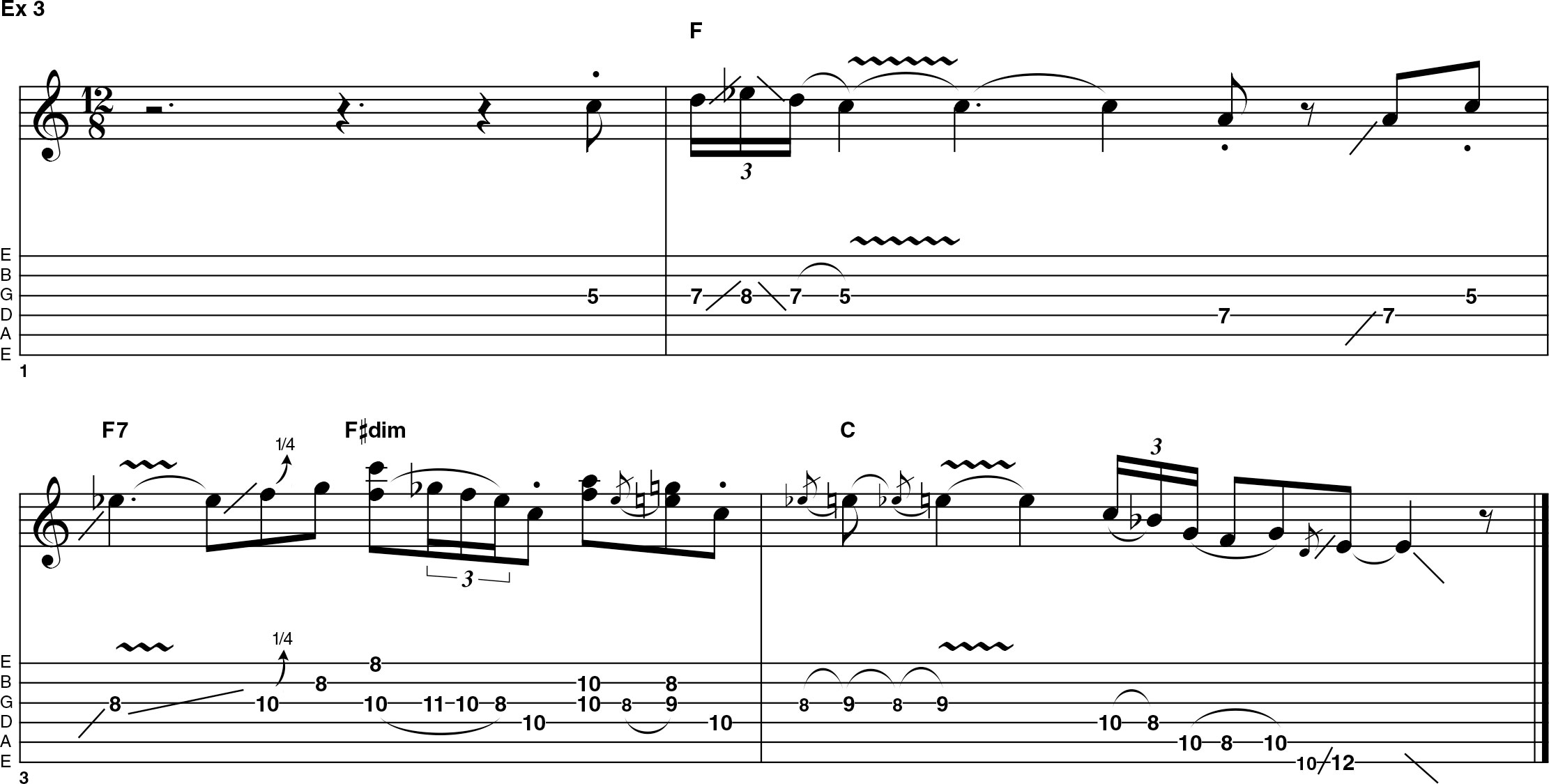John Mayer's guitar playing: 5 things you can learn
His technique is a wonderland

John Mayer is now established as one of the planet's top guitarists, so it only seems right to honour that status with a few key licks approximating his style.
You’ll notice we say approximate - obviously, it’s not possible to exactly mirror what another player may or may not come up with over any given backing track.
But we can still check out not only his style but those of his key influences, to hopefully retrace his steps in coming up with something that's original, but contains many of the most desirable attributes of all those players’ styles.

Learn John Mayer three-note chords in this quick guitar lesson
Though Mayer’s recorded output covers a whole range of styles, his playing can often be traced back to Clapton, Hendrix and SRV, with rhythmic, soulful lines, occasional hybrid/ fingerpicking and a touch-sensitive overdriven tone that allows the picking strength to vary the amount of drive.
Though there are a couple of quicker ‘flurries’ here John uses these ideas sparingly, preferring to use rhythmic devices, such as playing slightly behind the beat to emphasise a certain phrase. Other techniques include a fairly shallow but rapid vibrato, quarter tone (or thereabouts) bluesy bends and double stop ‘piano’ style licks.
We plugged a Knaggs Choptank straight into the studio Vox AC15 C1, turned up the normal channel for a mixture of pre and power amp drive and went for it... If volume is an issue, then try a fuzz/distortion pedal (these sound looser than an overdrive, which may sound too focused and bright) with a hint of compression to simulate the feel of a cranked amp. You’ll be surprised how authentic a result can be achieved at neighbour-friendly volume with the right tweaks.
Example 1

Picking up with a simple triplet figure, this example showcases the confident use of space. We don’t always make too much of a feature of silence, but this needed to be an exception! Watch for the occasional staccato hit and a few unusual timings, like the compressed quavers in bar 2 - meaning essentially 4 in the space of 3. Easier to play/duplicate than it is to write about!
Get the MusicRadar Newsletter
Want all the hottest music and gear news, reviews, deals, features and more, direct to your inbox? Sign up here.
Example 2

These double stops, combined with small rakes across the strings, are great for creating short rapid fire licks in an otherwise laidback solo. Note the two different approaches used to slide and hammer between the eighth and 10th frets on the top two strings. SRV was also very fond of this type of playing. If you look closely you’ll see it is all pentatonic based over two shapes and octaves.
Example 3

This example demonstrates how John might use a slide or hammer-on interchangeably for passing notes, position changes, or even just as a graceful way to start a phrase. Bar 2 features a piano-style hybrid picked lick (well, the first note of it anyway) over the F sharp diminished chord, followed by a bit of playing around with E and Eb, wavering between major and minor.
Example 4

Moving into a higher register, these staccato quavers (featuring a pre-bend on the final E) loosen up into a short, but hopefully sweet, phrase that is played slightly behind the beat on purpose, which somehow manages to magnify the sense of occasion. This isn’t something that works if you pull it out too often, but is a powerful tool when used at just the right moment.
Example 5

A little bit of slightly flashier playing brings this solo to a climax, with a couple of quarter tone (read slightly sharp) bends on Eb whenever it appears. It’s amazing how much this simple device can lift a humdrum pentatonic lick into the major league. It also fits better over the E present in the underlying chord. This tension between major and minor (and it’s skilful manipulation) is an absolute staple of all things bluesy.









